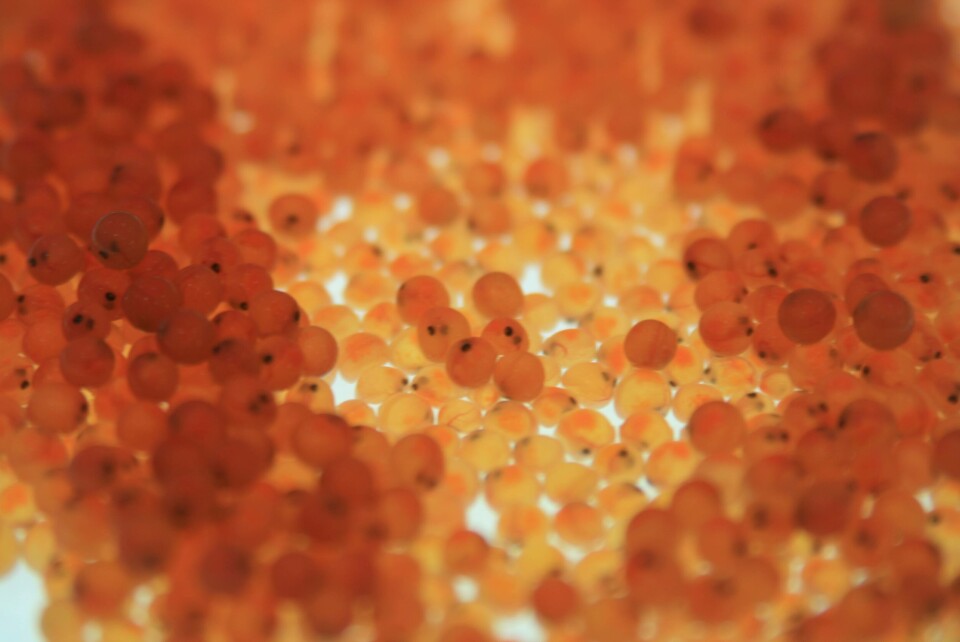
Scientists breed indigenous Japanese salmon from surrogates of trout
In the study, published online in the Proceedings of the National Academy of Sciences of the United States of America, researchers used the frozen testes of the yamame salmon, a Japanese type of salmon that lives the entirety of its life in rivers. Spermatogonia, or primordial germ cells, were then extracted and implanted into sterile rainbow trout hatchlings, which used the primordial cells to develop fully functioning sperm or egg cells, depending on the trout’s gender. The sperm and egg cells can be combined in vitro fertilization in order to produce a healthy yamame salmon.
According to The Japan Daily Press, Yoshizaki says that the methodology is complete and they are able to recreate, sperm and egg cells and individual salmon any time, at least as far as the combination involves yamame salmon and rainbow trouts.
The team is already working on a project that will make use of the methodology in order to preserve endangered fish species, which also includes the salmon. Yoshizaki claims that the technology can also be applied to breed tiger puffer fish, a popular Japanese delicacy known for its poisonous risks. The team is hoping to be able to apply the same technology first on amphibians, then to reptiles, and hopefully to mammals as well. However, the difficulty involved with mammals is much higher considering the differences in the gene sets between male and female mammals.






















































